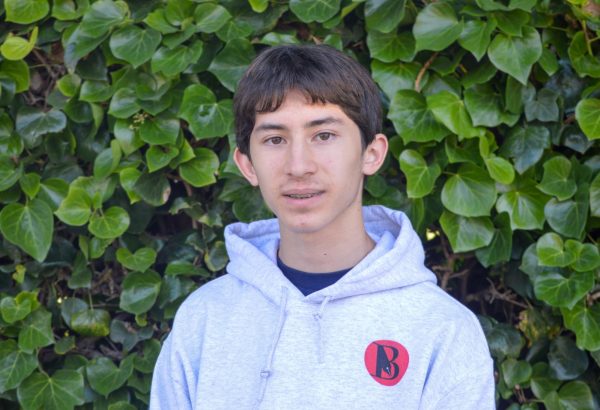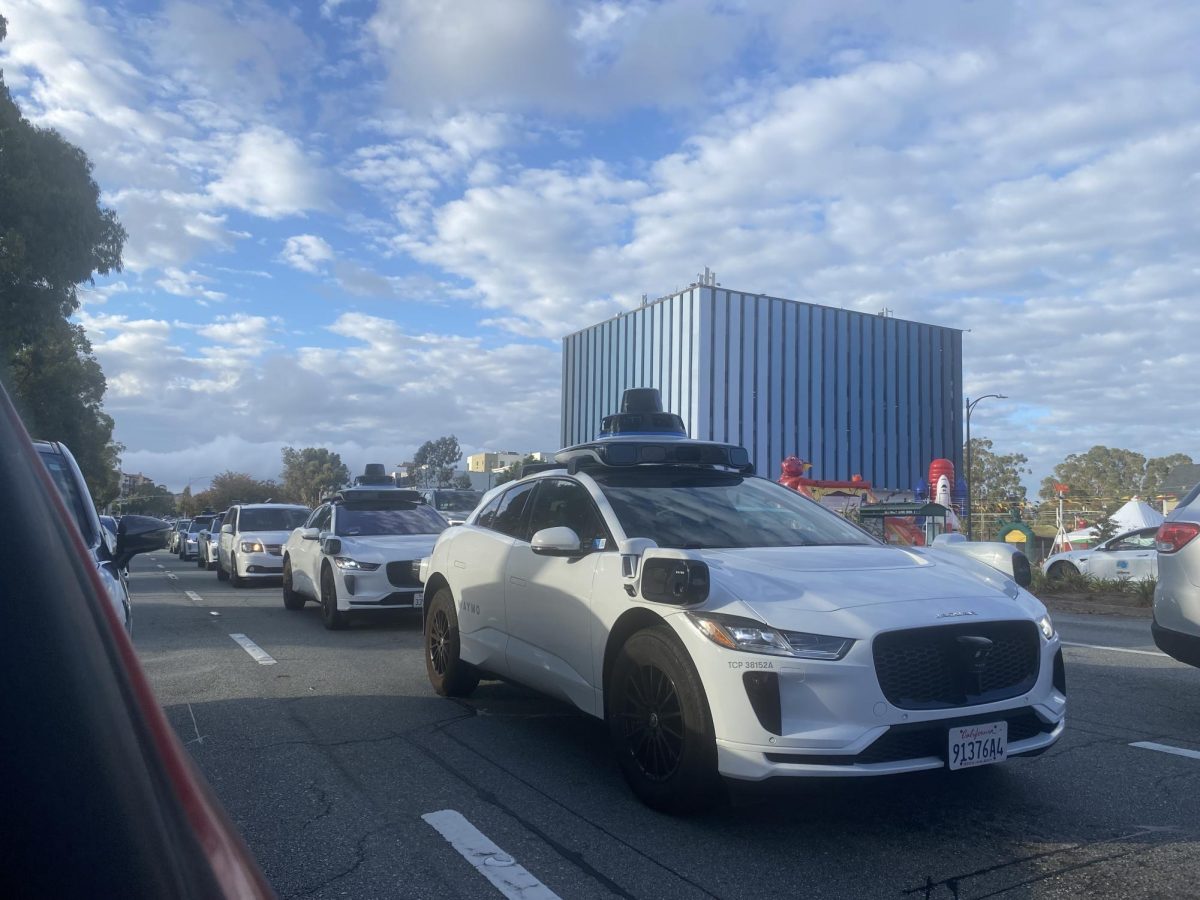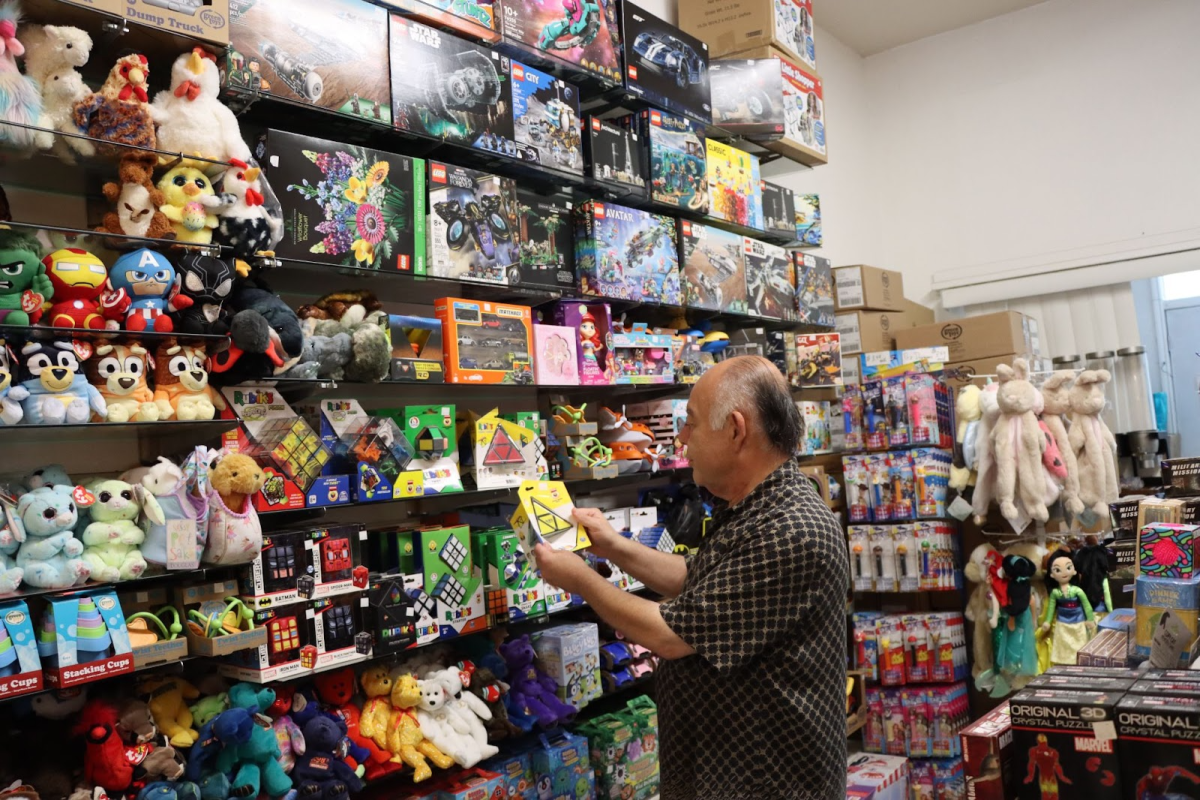Seven candidates vie for Burlingame city council seats in 2024 election
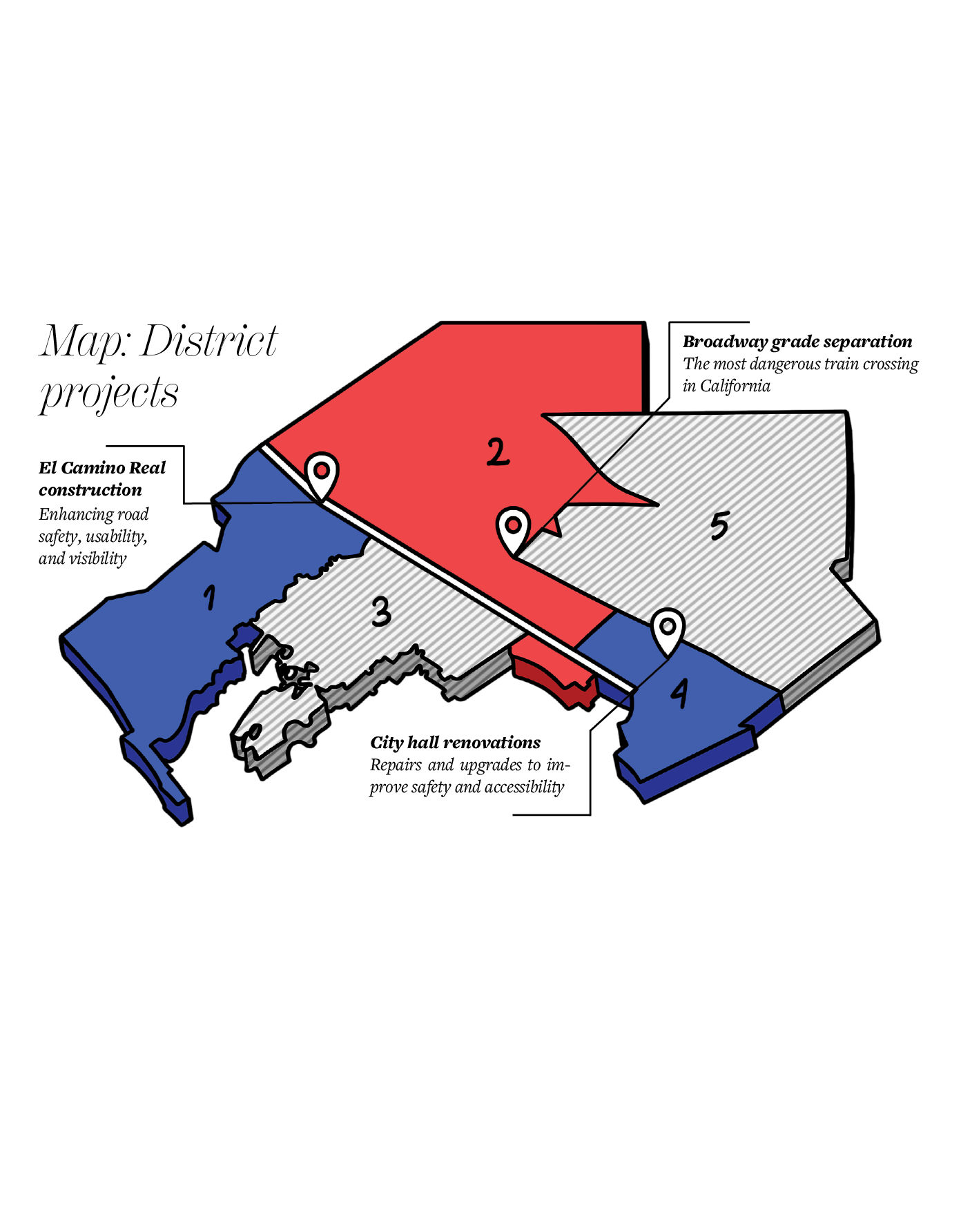
On Nov. 5, 2024, Burlingame is holding a general election to determine who will represent city council for the next four years. On the ballot are seven candidates: Nirmala Bandrapalli, Hadia Khoury, Rachel Ni, and Desiree Thayer in district 2; Donna Colson and Tony Paul in district 4; and Andrea Pappajohn, the singular candidate in district 1.
Burlingame’s move to ‘by-district’ elections aims to address representation gaps in city council
Following a 2021 decision, Burlingame adopted a ‘by-district’ system that splits the city into five regions, each represented by a single elected council member. Previously, council members were elected ‘at-large,’ with all residents voting for multiple candidates to fill every council seat. Under the new system, residents vote only for candidates within their district. Districts 1, 3, and 5 hold elections every four years after 2022; districts 2 and 4 cycle every four years after 2024, starting this November and cycling next in 2028. For this election, a seventh candidate, Andrea Pappajohn, is on the ballot for an unopposed partial term in the district 1 seat.
The shift followed a 2020 letter from attorney Kevin Shenkman, who argued Burlingame’s ‘at-large’ system violated the California Voting Rights Act (CVRA) of 2001 by diluting minority representation. Shenkman cited 2010 census data, noting Burlingame’s 20% Asian-American population had no representation on the city council. Under the CRVA, cities must adjust their systems if it’s shown that current voting structures impair minority groups’ chances of electing their preferred candidates.
Although city council members are now elected by district, they still represent and act for all of Burlingame. The title of ‘mayor’ is based on seniority, falling to the person who has been in city council the longest.
Meet the Candidates
Nirmala Bandrapalli
District 2
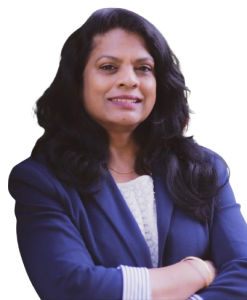
Throughout her career, Nirmala Bandrapalli has learned the importance of both speaking up and listening.
Bandrapalli’s first leadership experience was serving as the president of her college in India, where she engaged with local leaders and “learned how to speak up and get things done.” She immigrated to America to pursue higher education, getting a Master’s degree in Biochemistry and entering the healthcare industry.
Since then, Bandrapalli has put decades of work into community service and project management for Burlingame. Her initiatives included serving on Burlingame’s Planning Commission, working with local schools, and helping make streets safer.
“I have 25 years of work experience, the skills in managing finances, collaborating, making decisions in the best interest of the public,” Bandrapalli said. “All of those things motivated me to be a voice for everyone who doesn’t have a voice, and [to bring] a diverse perspective [to] the council.”
Rachel Ni
District 2

As a long-time Bay Area resident and real estate broker, Rachel Ni finds a special joy in helping people secure their dream homes.
Ni found her home in the Bay Area. After moving from Taiwan in 2002, she worked for over a decade as a hotel manager. Her shift to working in real estate helped her to achieve her decades-long goal of acquiring permanent housing in Burlingame. Since then, she has helped others do the same as both an agent and a member of local housing groups making Burlingame an ever-appealing place to live.
Ni plans to prioritize issues related to housing, public safety, and business-friendly initiatives. As someone whose family is deeply rooted in Burlingame, she is dedicated to supporting others and giving back to the community.
“I love working with people. I became a real estate broker, which … is all about collaboration and management. … I just have a passion for helping our local businesses, helping the seniors, [the] youth — that’s the reason I’m doing what I do today,” Ni said.
Hadia Khoury
District 2

Burlingame’s current Beautification Commissioner, Hadia Khoury, believes in making the local community a safe, clean, and attractive place for everyone.
Khoury has lived in Burlingame for 10 years and has owned a local skin care business for 25. As part of her work on Burlingame’s Beautification Committee, she helped install Christmas tree lighting along Burlingame Avenue and decorated the fronts of restaurants like Crepevine and Mykonos.
Khoury has an eye for small details but is also aware of the broader issues that need to be addressed in Burlingame.
“I was liaison between the Downtown Improvement District and the Economic Development subcommittee,” Khoury said. “I’ve attended every [city council] meeting for the last two years … and I was able to see what the city needs help with.”
Some of her priorities include improving El Camino, renovating Broadway and the Bayfront, and generally making “Burlingame as safe as it can be for pedestrians, drivers and cyclists.”
Desiree Thayer
District 2
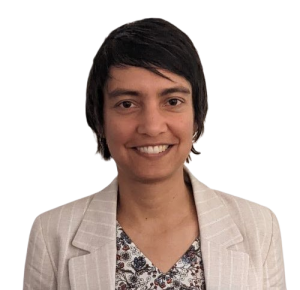
As a scientist, science educator, and long-time contributor to community affairs, Desiree Thayer is dedicated to creating a “vibrant, safe, and inclusive Burlingame.”
After moving to the Bay Area in 2006, Thayer acquired a PhD in biochemistry and entered the biotech industry. Over the past decade, while working as a researcher and chemistry instructor, Thayer became more involved in community efforts. She currently serves on a variety of county-level committees, working to improve legislation and promote civic engagement.
Thayer’s priorities for Burlingame include expanding affordable housing, public transit, safe streets, and local businesses. Her experience as a scientist helps her analyze issues and explain them to the public and also provides a curiosity-fueled drive for improvement.
“[Being] a scientist [has] kind of shaped me to be very data-driven. I want to hear from the residents and businesses — from everyone — hear their voices and how they feel on something. But whenever possible, I want to see the data too,” Thayer said.
Donna Colson
District 4
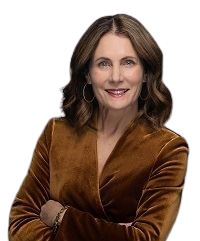
As the current mayor of Burlingame, a city council member since 2015, and chair for both Peninsula Clean Energy and San Mateo’s Housing and Community Development Committee, Colson brings extensive leadership experience to the table.
Colson’s relationship with Burlingame is one of “admiration and love.” She has been a resident for over 28 years, and her two daughters attended Burlingame public schools. Her previous professional experience includes 25 years as an investment manager and over a decade in government. Colson wishes to use her connections and strong relationship with Burlingame to “deliver results with fiscal stewardship and innovation.”
“I think bringing together the knowledge that [I] have about the staff [and] the leverage that I now have from sitting as the board chair for committees throughout San Mateo County allows me to bring in money and drive projects over the finish line, and that is really hard to do as a brand new council person,” Colson said.
Tony Paul
District 4
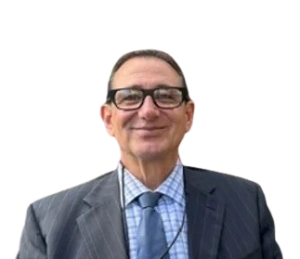
Tony Paul is the Senior Transportation Engineer for Caltrans and a successful civil engineer of 25 years who seeks to make Burlingame a more “prosperous and sustainable community.”
Paul sees similarities between his plans for Burlingame and his childhood experiences. When he was an adolescent, he struggled with math and algebra. His mother, emphasizing the importance of those skills, helped reallocate funds within the family to get him a private tutor. Because of his mother’s help, he was able to go into civil engineering and acquire a master’s degree in structural and earthquake engineering from San Francisco State University. In the 25 years since then, he has served as a senior engineer on the Caltrans team and currently handles traffic complaints.
Paul wishes to care for Burlingame in the same way. Some of his top priorities include improving police-community relationships, expanding public transit, and making certain intersections safer.
Key issues
A common theme among candidates was progress — taking an already-prosperous town and making it even better. In light of this forward-thinking mindset, candidates brought up a number of Burlingame’s major issues and city development projects.
Broadway grade separation

The Broadway Grade Separation project aims to make the Broadway-railroad intersection safer and less congested by raising the train tracks onto an elevated platform. With an estimated cost of $600 million, construction is expected to start in 2025 and conclude in 2028. (Photo Courtesy of Dan Liberman)The Broadway grade separation project aims to address safety concerns at the Broadway-Caltrain intersection, often cited as California’s most dangerous railroad crossing. According to Caltrain, over 13 collisions have occurred there over the past decade, 2 of them fatal. The plan looks to completely separate the train tracks from the road by constructing an elevated train platform with gradual ramps on each side, spanning over a mile.
“So where Broadway and the train tracks intersect, we need to create an overpass so that the train can travel without coming into contact with the street. That’s the most dangerous intersection in the entire state of California, and making that safe is another top priority,” Colson said.
Despite the project’s critical status, funding has been hard to secure. Original estimates placed the project at around $320 million, but the electrification of Caltrain, among other expenses, has caused the price to almost double.
“The city has secured funding, and we had about $10 and $20 million dollars. We thought, ‘wow, great. This is going to happen.’ But guess what? [We were] just told that it costs 600 million [dollars], so their forecasting was off by 50 percent,” Bandrapalli said.
Issues such as funding can drive a frustrating wedge between the importance of a project and its ability to be completed in a reasonable length of time. The Flatiron/Herzog joint-venture company, slated to lead this project, estimates that construction will start in 2025 and conclude in 2028.
“The project is going to end up costing more than 320 million [dollars] because of the electrification of the [Caltrain] … This is crazy. I want to lower it. I want to negotiate better pricing,” Khoury said.
Affordable housing and public transit
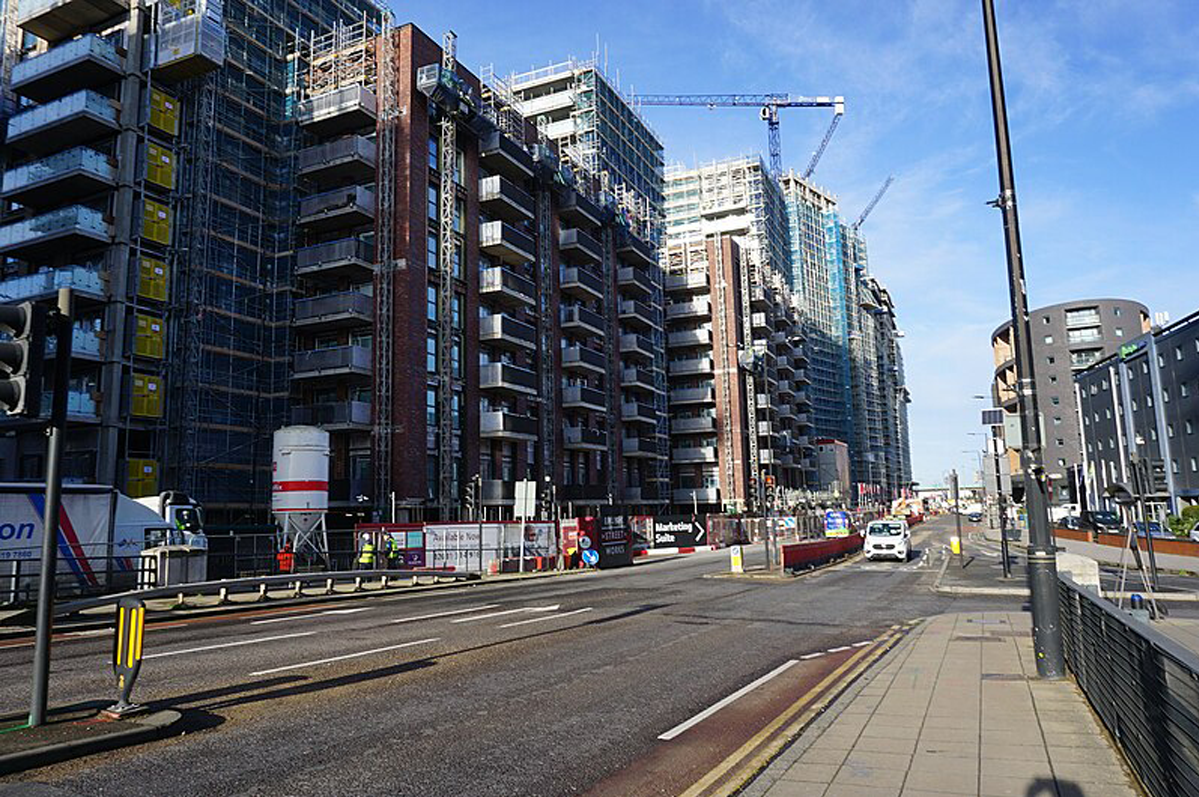
An important goal shared by all candidates is making Burlingame more liveable. In terms of infrastructure projects, this involves building affordable housing units and enhancing public transit.
The city has planned to add over 2,400 housing units across the town, with 18% designated as affordable housing. In many cases, the city has intentionally placed new housing near public transit areas such as bus stops or train stations.
“One of our top priorities over the last few years has been building more housing, attainable housing, housing for the workforce and housing for seniors. … A lot of those homes are very close to transit. That helps us stay more sustainable: people don’t have to drive, but they can instead ride a bike, take public transit, take a bus,” Colson said.
Traffic congestion is an ongoing concern, especially at the Broadway railroad crossing and along California Drive. Candidates offer varied solutions: Ni, for example, has suggested expanding the scope of public buses. Bandrapalli wants to implement “context-sensitive design” for smarter traffic management, and Khoury wants to place more emphasis on a lighter type of traffic: foot traffic.
Addressing housing and public transit may also involve the long-term rezoning of certain areas to make them more accommodating. Ni said she sees more potential for development that considers residents’ needs for nearby amenities.
“The city has approved 2,400 developments. Less than 200 of them are for sale, and the rest of them are all rentals. They are providing some affordable housing, but [it’s a] very small amount. What we actually need to do is work on the infrastructure … you are building close to transit, but they still need groceries, they still need to shop, they still have kids that want to go to schools. We need to work on that part,” Ni said.
Bayfront rising sea levels
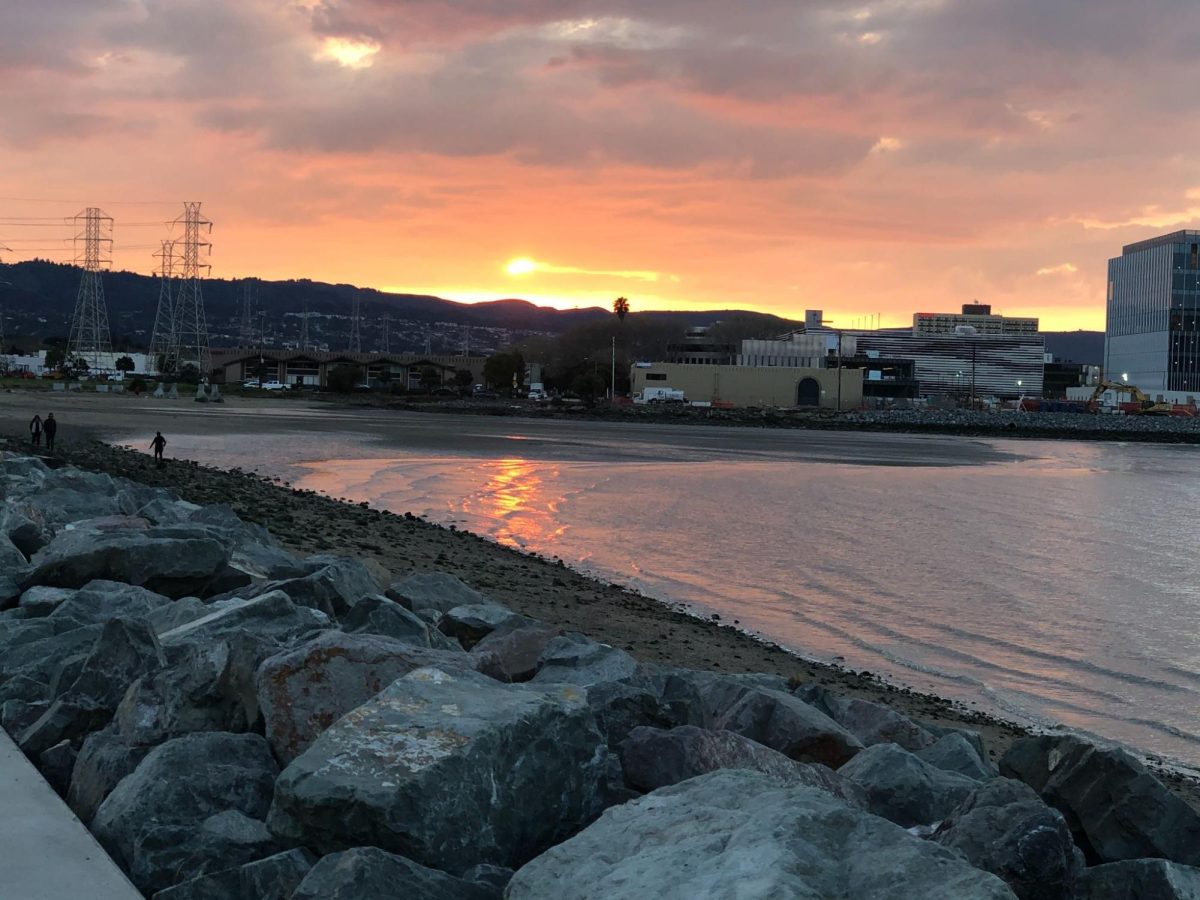
An issue facing Burlingame — and the world at large — is the increasing effect of climate change on infrastructure. Because of the city’s proximity to the San Francisco Bay, property along or near the shoreline will become susceptible to damage in the coming years as sea levels continue to rise. Solutions proposed by the city and OneShoreline — also known as the San Mateo County Flood and Sea Level Rise Resiliency District — include updating construction codes and building seawalls and levees along the coast.
“We’re also working on a really huge project on the Bayfront to create adaptive strategies to fight off sea level rise,” Colson said.
High tides already pose a flooding risk, and climate adaptations will require substantial time and funding. Thayer noted the importance of collaboration for tackling large-scale issues like sea level rise.
“Sometimes it makes a lot of sense to [tackle issues] in a specific way in Burlingame … and sometimes it takes a bigger effort, like with sea level rise, [which] becomes more than just Burlingame,” Thayer said. “It [requires] a kind of leadership where you have that mindset of collaboration, because a lot of these are big problems to tackle, and sometimes the best way is to bring in other jurisdictions or other input into what to do.”
City hall renovations
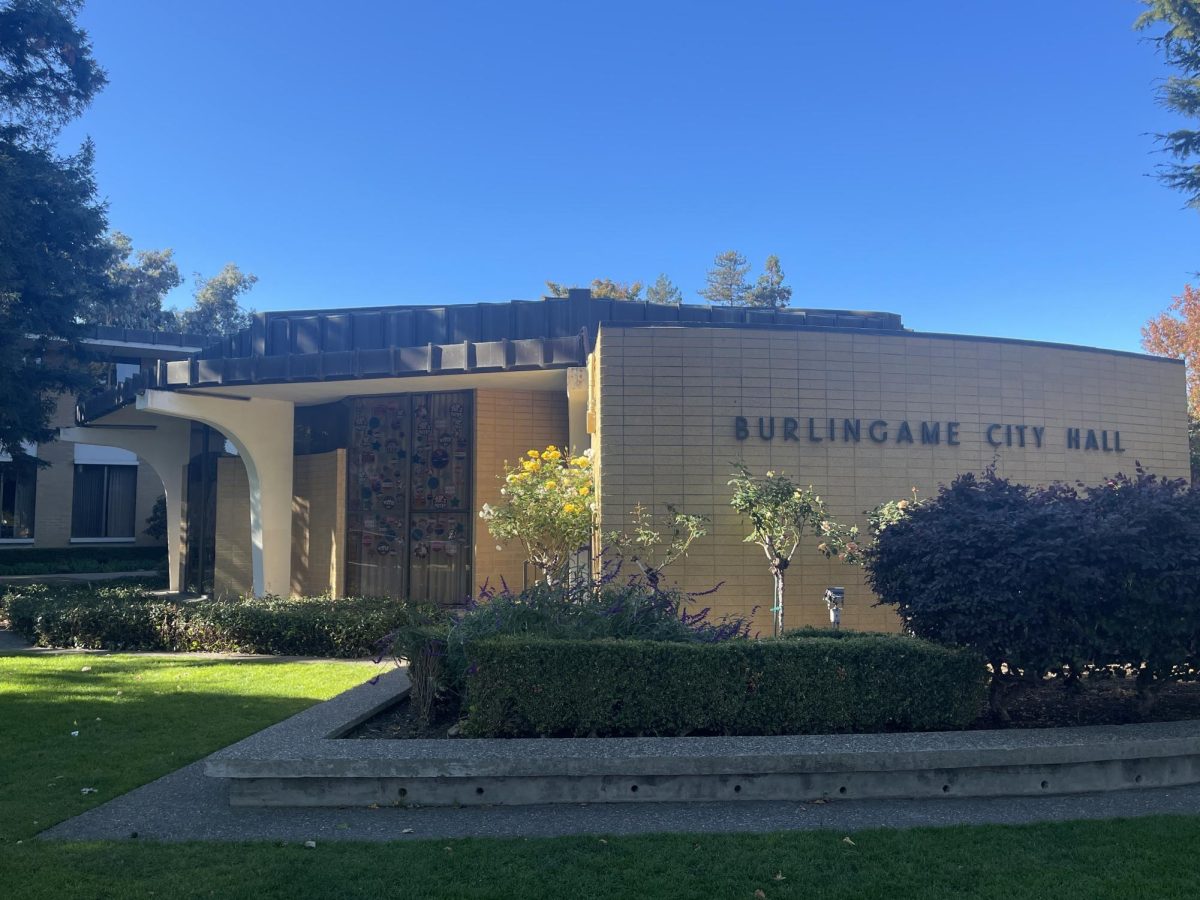
Burlingame’s city hall, constructed in 1970, has recently come into question as a viable workspace for local government employees. The building itself shows its age: it has asbestos-related damage, a lack of ADA accessibility, inadequate emergency systems, and outdated electrical and structural layouts. Additionally, the San Mateo Daily Journal reported that, according to city manager assistant Jeremy Kirshner, the office space is smaller than industry standards given the current number of employees.
“Our city hall is old. It has asbestos. We need to replace it,” Bandrapalli said.
Costs for renovating the existing city hall would be in the millions, but another consideration is moving to a new office space entirely. As of yet, the issue is undecided.
“We’re going to need to figure out what to do about city hall, and that’s definitely something I would like to be involved in if I’m elected,” Thayer said. “Figuring out, ‘should we remodel city hall?’ It’s looking more and more like we need to be in a different location, so then how do we fund getting a new location?
Students join local campaigns to build civic awareness
As high school students near voting age, it’s important that they become both aware and politically interested to make informed decisions that will shape the future political landscape. Many candidates support civic engagement programs and work alongside high school students as part of their campaigns. Though local, elections such as these are microcosms of the vaster political world and good training grounds for the next generations of voters.
Senior Lucy Istock has been involved in canvassing efforts for Hadia Khoury. Her work has involved knocking on hundreds of doors and handing out fliers. In addition to gaining political experience, Istock finds this valuable because of its potential to change people’s perspectives.
“It’s fun to be so involved in something that’s going to change your community. You get to listen to the change that people want, and then you get to try and make a difference,” Istock said.
Istock also sees these efforts as a bridge between candidates and the rising generations, helping inform their decisions.
“Someone who’s running for city council isn’t really going to get the perspective of someone who’s younger unless there’s a connection. So I feel like me being able to voice things for her has helped her try and think more of the younger community,” Istock said.
Senior Reese Johnson works with Donna Colson as a social media manager, following her work in the community and explaining how people can support her efforts. Part of Johnson’s interest in politics stems from her exposure to a variety of different viewpoints, which presents the interesting challenge of coming to one’s own conclusions.
“Both my grandparents are very interested in politics, [but] on opposite spectrums. So whenever I stay with either of them, I have the opposing networks that I listen to. … I think that’s what’s so important about being young and politically involved. It is to not necessarily have your mindsets set in stone, but more to understand other people’s mindsets. And that’s kind of what I learned, because my grandparents are both very set in stone in their ways. It’s interesting to see the biases [on] both sides and, through them, figure out my own standpoint,” Johnson said.
It remains the case that a relatively low portion of youth aged 18-29 vote in presidential elections. The US Census Bureau shows that just over half of eligible voters in that age group voted in the 2020 election. This is a marked increase from the 2016 election, in which only 39% voted, but it still pales in comparison to older denominations, which average 71% turnout.
“I think that being politically involved or interested is really important, especially in youth, because, as we know by past data, it’s usually older voters that are the ones getting educated, and they’re the ones [whose] vote is mattering because less and less young people are voting,” Johnson said. “So it’s really important that, as much as [possible], young people stay politically involved and up to date on things that are happening.”
Istock agrees that staying well-informed and aware is part of being an engaged citizen.
“Our voice matters: I mean, we’re going to be the next generation,” Istock said. “I think it’s really important to get involved now.”
Your donation will support the student journalists of Burlingame High School - CA. Your contribution will allow us to purchase equipment and cover our annual website hosting costs.
